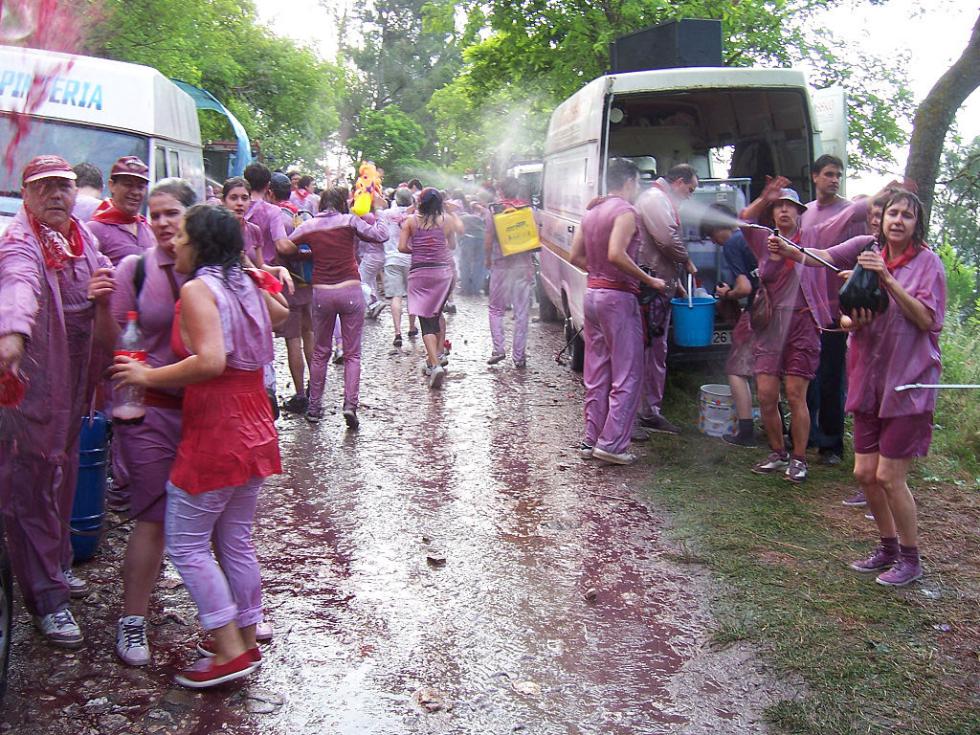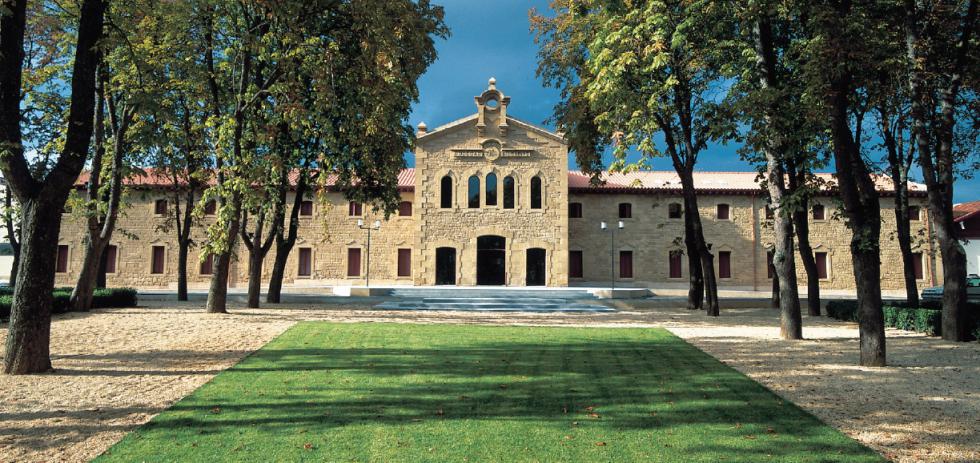There’s a theory about pairing food and wine that’s pretty simple — just drink wine with food from the region where it is produced.
That sort of terroir approach is fine for wines from some other parts of the world, but not so much the United States, where our food is drawn from a melting pot of international cuisines. Here, the pairing of wine with food is less precise and often better left to the teamwork of sommeliers and chefs. For example, it might be difficult to find a good Florida wine to have with Cuban-American food.
Recently, I decided to try out the outside-the-U.S. theory by preparing a meal from a region that matched a wine I had on hand, which happened to be Vina Zaco, a Tempranillo from the Rioja Alta region of northwestern Spain.
I had stumbled on the wine earlier by accident — or good fortune. I tried it and liked it. Later, it came to my attention again after someone coincidentally recommended it, confirming that I should consider Vina Zaco for this column.
High-end Spanish wines, the Reserva and Gran Reserva, have a deserved reputation of greatness, but until the last few years, less expensive wines from Spain on the U.S. market have, in some cases, been a little rough. So, finding an exceptional wine in the $10 range was a bit of a crapshoot.
Now, technology, better winemakers, and the strength of the dollar against the Euro have changed that, and Spain is producing and exporting, some very good wines that sell for bargain prices. Vina Zaco is one of those wines.
The wine is made by Bodegas Bilbainas, the largest producer in the Rioja Alta region, from 100 percent old-vine Tempranillo grapes grown in Haro, a 1,000-year-old town known for its annual wine festival. The town also claims to have had Spain’s first street lighting system, but that’s a minor point that probably doesn’t draw in that many fun-loving tourists.
On the other hand, the festival, held annually at the end of June, kicks off with an all-night street party, a warm-up for the main event — the wine battle, a party considered to be of “national interest” in Spain, according to wine-fight.com, a website that promotes the two-day celebration.
“After a few hours sleep, or none at all (the street parties literally go all night), the town heads up a mountain 5 kilometers away to cover each other in wine, dance to wine soaked bands and to kiss wine covered mouths. There are water trucks filled with wine distributing wine to water pistols, back mounted spraying devices, into buckets, which are randomly poured on heads and into anything else that can hold, and then dispel, vino tinto.
“After a few hours the fight descends the mountain and moves into the town, where the only fight is done with traditional dances — the kind that can only be induced by hours of red wine pouring down one’s throat,” the website says.
Presumably in much quieter surroundings, Vina Zaco is aged for six months in half American oak and half French oak to produce a well-balanced wine that shows black and spicy fruit character with floral notes and toasted flavors from the wood, winemaker Diego Pinilla’s tasting notes say.
The wine is well-rounded and has a smooth, not tannic, finish, making it “a versatile partner” with food, Pinilla says, noting that Vina Zaco goes well with tapas, pasta dishes, young cheeses, chicken, grilled vegetables, and barbecue.
I decided to try the wine with food more specifically tied to the Rioja, a region known for its white asparagus, partridge cooked with pears and red wine, salt cod, and other foods that weren’t in my pantry or freezer.
Taking a tip from Pinilla, I found a chicken dish, while not typical of Rioja, it was Spanish and seemed that it might pair nicely with Vina Zaco. The dish, sauteed chicken thighs, braised in a sherry, saffron sauce with currants and green olives, was an excellent match.
However, the meal did little to advance the credibility of the simple pairing theory, but it did bear out the winemaker’s suggestion that the wine is, indeed, versatile. The food was good and Vina Zaco made it even better.
Vina Zaco is widely available in the Pioneer Valley. If you can’t find it, ask your wine merchant to order it. The wine is worth the trouble.
Note: I understand that McWilliams Hanwood Estates Chardonnay is no longer available in the Pioneer Valley. For a good substitute for the creamy, heavily oaked wine, try Bridlewood Estates Chardonnay, which should be easy to find.•
Suggestions for wines in the $10 range are always appreciated.
Warren Johnston can be reached at warren.nelson.johnston@gmail.com.






